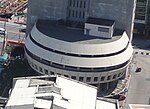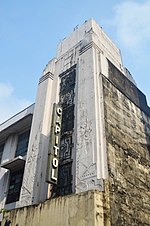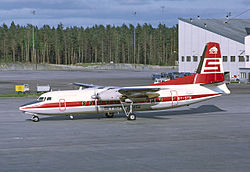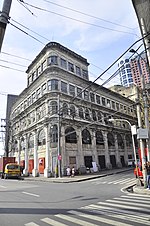Manila ( mə-NIL-ə, Spanish: [maˈnila]; Filipino: Maynila, pronounced [majˈnilaʔ]), officially City of Manila (Filipino: Lungsod ng Maynila, [luŋˈsod nɐŋ majˈnilaʔ]), is the capital of the Philippines and its second-most populous city. Manila is located on the eastern shore of Manila Bay on the island of Luzon. It is highly urbanized and as of 2019, was the world's most densely populated city proper. Manila is considered to be a global city and is rated as an Alpha – City by Globalization and World Cities Research Network (GaWC). It was the first chartered city in the country, and was designated as such by the Philippine Commission Act 183 of July 31, 1901. It became autonomous with the passage of Republic Act No. 409, "The Revised Charter of the City of Manila", on June 18, 1949. Manila is considered to be part of the world's original set of global cities because its commercial networks were the first to extend across the Pacific Ocean and connect Asia with the Spanish Americas through the galleon trade; when this was accomplished, it was the first time an uninterrupted chain of trade routes circling the planet had been established. Manila is among the most-populous and fastest-growing cities in Southeast Asia.By 1258, a Tagalog-fortified polity called Maynila existed on the site of modern Manila. On June 24, 1571, after the defeat of the polity's last indigenous Rajah Sulayman III in the Battle of Bangkusay, Spanish conquistador Miguel López de Legazpi began constructing the walled fortification Intramuros on the ruins of an older settlement from whose name the Spanish-and-English name Manila derives. Manila was used as the capital of the captaincy general of the Spanish East Indies, which included the Marianas, Guam and other islands, and was controlled and administered for the Spanish crown by Mexico City in the Viceroyalty of New Spain. Today, Manila has many historic sites.
In modern times, the name "Manila" is commonly used to refer to the whole metropolitan area, the greater metropolitan area, and the city proper. Metro Manila, the officially defined metropolitan area, is the capital region of the Philippines, and includes the much-larger Quezon City and Makati Central Business District. It is the most-populous region in the country, one of the most-populous urban areas in the world, and one of the wealthiest regions in Southeast Asia. The city proper was home to 1,846,513 people in 2020, and is the historic core of a built-up area that extends well beyond its administrative limits. With 71,263 people per square kilometer, Manila is the most densely populated city proper in the world. The Pasig River flows through the middle of the city, dividing it into north and south sections. The city comprises 16 administrative districts and is divided into six political districts for the purposes of representation in the Congress of the Philippines and the election of city council members. In 2018, the Globalization and World Cities Research Network listed Manila as an "Alpha-" global city, and ranked it seventh in economic performance globally and second regionally, while the Global Financial Centres Index ranks Manila 79th in the world. Manila is also the world's second-most natural disaster exposed city, yet is also among the fastest developing cities in Southeast Asia, and also the most loving capital city in the world.












